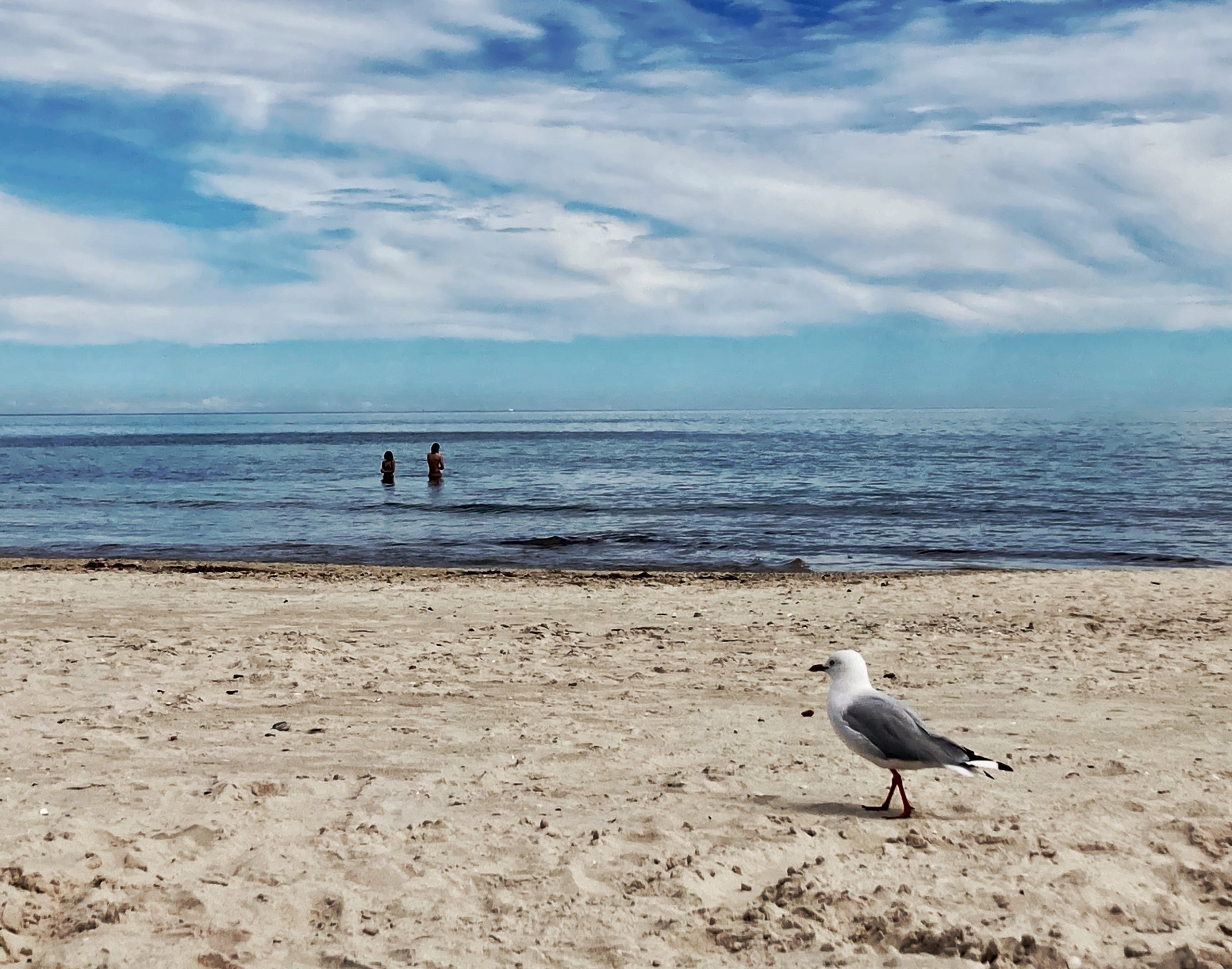Introduction by Croakey: During National Skin Cancer Action Week, a team from Cancer Council South Australia took over the reins at Croakey’s rotated Twitter account @WePublicHealth last week.
In the summary below, they share the latest research and related resources, as well as a reminder of an iconic Australian health promotion campaign.
Cancer Council South Australia write:


Research and health promotion


Read more information about UV radiation here.


Read more about this research here and here.


More information about early skin cancer detection here.

Read more about the research here.

Watch the ‘Same goes for you’ video.

Read more about Darren’s story here.
School and workplace exposure



The SunSmart app can be found here.
Ten facts about sun protection
- You can get sun damage on windy, cloudy and cool days. Sun damage is caused by UV radiation, not temperature.
- Fake tanning lotion does not protect you from the sun, so you still need sun protection.
- Unless cosmetics are labelled with an SPF30 or higher rating, you should wear additional sunscreen under your makeup if you’re going to be in the sun for an extended period.
- People with olive or very dark skin can get cancer too. Regardless of skin type, exposure to UV radiation from the sun can cause skin to be permanently damaged.
- Though it may sound like there is a big difference, SPF50 only offers marginally better protection from UV radiation. SPF30 sunscreen’s filter about 96.7 percent of UV radiation, SPF50 sunscreen’s filter 98 percent of UV.
- Aussies shouldn’t expose themselves to potentially harmful UV to get more vitamin D. Research suggests that prolonged sun exposure does not cause vitamin D levels to increase further but does increase the risk of skin cancer.
- With Australia’s high UV levels year-round, we can be exposed to dangerous levels of UV radiation during all sorts of daily activities, such as working outdoors, gardening, walking the dog or having a picnic.
- There’s no such thing as a safe tan. If skin darkens, it is a sign of skin cells in trauma, even if there is no redness or peeling.
- You can get sunburnt through a car window. Untinted glass commonly used in car side windows reduces, but does not completely block, transmission of UV radiation.
- Protecting your skin through the five #SunSmart measures is the best way to protect against harmful UV: Slip on sun protective clothing, Slop on sunscreen, Slap on a hat, Seek shade, Slide on sunglasses.

Slip! Slop! Slap!



See Croakey’s extensive archive of articles on disease prevention.









